Technology has generously given so much we enjoy in the world around us. The computer (or smartphone) you are using right now, for example, has connected you to List25 in a way that would not have been possible if not for the technological advancements of our hi-tech era.
The good news is that technology won’t stop anytime soon, giving us new things that we can use for a good purpose. The bad news, however, is that certain technologies should be available by now but they are not.
The following list of 20 Technologies We Were Promised That Should Exist By Now is clear proof that we have not come as far as we wished we had.

Flying Cars
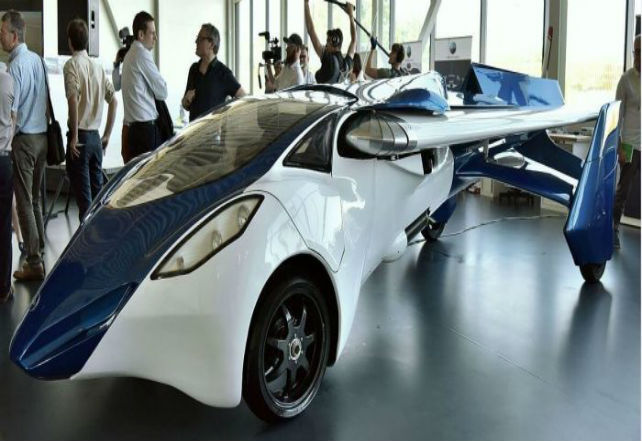 https://www.pal-v.com/
https://www.pal-v.com/ The idea of flying cars is not new. Actually, the first man mentioning them was Henry Ford, back in 1926. He even created an experimental single-seat airplane that he called the “sky flivver.” The project never took off.
The next attempt was conducted by the Soviets in 1942. They tried to allow a tank to glide onto a battlefield after being towed aloft by an airplane, to support airborne forces or partisans. A prototype was built and tested, but the whole idea didn’t get off the ground (no pun intended).
Automaker PAL-V recently exhibited a demo car that costs around $621K. This car is supposed to fly but, well … have you seen any flying cars lately? We sure haven’t.
Teleportation Devices
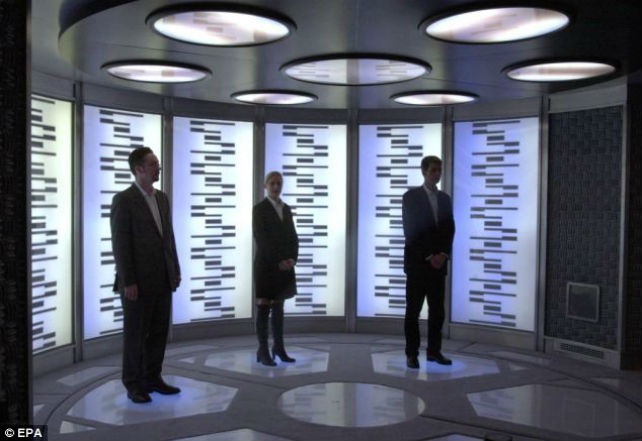 https://www.theguardian.com/technology/2018/jun/12/teleportation-will-it-ever-be-a-possibility
https://www.theguardian.com/technology/2018/jun/12/teleportation-will-it-ever-be-a-possibility Fans of Star Trek probably understand the idea of teleportation. Science lovers are also familiar with “quantum teleportation,” the theoretical technology of instantly transmitting information from one location to another.
Researchers once claimed that we would be able to do the same with humans but, as you can see for yourselves, this still happens only in Star Trek movies.
Despite what popular science articles may tell you, this kind of Trekkie teleportation is not likely to happen any time in the foreseeable future, simply because our technology cannot transmit human atoms from one place to another.
Virtual Reality
 https://en.wikipedia.org/wiki/Virtual_reality
https://en.wikipedia.org/wiki/Virtual_reality The Dyson Sphere
 https://www.space.com/dyson-sphere.html
https://www.space.com/dyson-sphere.html Proponents of solar power know that only a tiny fraction of the sun’s total energy strikes the Earth. What if we could collect all of the sun’s energy, though? If that were possible, we would be able to use some form of Dyson sphere, sometimes referred to as a Dyson shell.
Physicist and astronomer Freeman J. Dyson first explored this idea as a thought experiment in 1960. Dyson imagined a solar-system-sized collection system of solar power. He pictured it not as a power source for us earthlings, but as a technology that other advanced civilizations in our galaxy would, inevitably, use.
Dyson proposed that searching for evidence of the existence of such structures might lead to the discovery of advanced civilizations elsewhere in the galaxy. Sixty years later, however, this remains a theory.
Time Travel
 http://www.physics.org/article-questions.asp?id=131
http://www.physics.org/article-questions.asp?id=131 The concept of time travel has always captured the imagination of physicists and laypersons alike. Normally, it should be number one on our list.
However, the fact that time travel has even been discussed as a “realistic” possibility of the “near future” (and failed each time) makes the whole subject comical.
So, the question remains: Is time traveling possible? Of course! We’re doing it right now, aren’t we? We are traveling into the future … one second at a time.
Mind Uploading
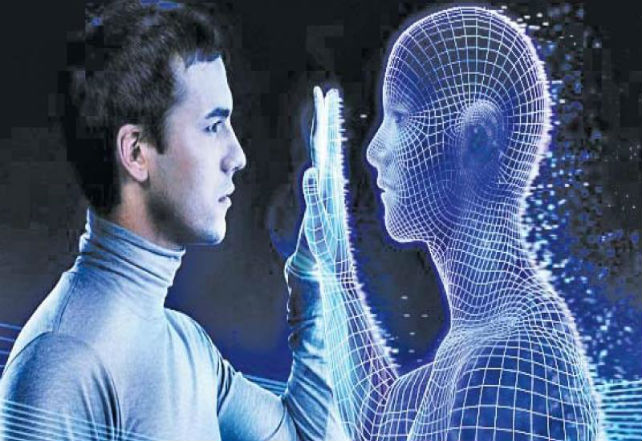 https://electronics.howstuffworks.com/future-tech/digitize-human-consciousness.htm
https://electronics.howstuffworks.com/future-tech/digitize-human-consciousness.htm In case you don’t know what mind uploading is about, allow us to give you some help here. A mind upload (or brain upload) is the hypothetical futuristic process of scanning the mental state (including long-term memory and “self”) of a brain and copying it to a computer.
In other words, one could argue this is a form of immortality, which could be a good (and scary) thing. By 2045, humans should be able to achieve digital immortality by uploading their minds to computers, or at least that’s what some futurists suggest.
The only problem is that some other futurists from the 1980s predicted that mind uploading would already be a thing right now … but as you can see, it isn’t.
Lightsabers
 https://starwars.fandom.com/wiki/Lightsaber/Legends
https://starwars.fandom.com/wiki/Lightsaber/Legends Creating a lightsaber isn’t a new idea, but it has never been done successfully. As a Star Wars fanatic, I would like to explain why creating a lightsaber isn’t easy.
The obvious issue here is that we don’t have force fields. While this might change in the future, the force field would need to be able to contain heat from the plasma arc, but consume very little energy.
Of course, we do have the ability to generate super-heated plasma arcs, but we do not currently have a good way to efficiently turn it back into electrical energy.
We would also need more efficient power sources. The energy required to cut through a thick wall or bar is more than modern batteries can handle. Until this changes, any form of lightsaber will die after a momentary cut through a thick solid object.
Last but not least, we need a very efficient way to recharge the batteries. Being able to re-convert plasma arcs into energy is useless if you can’t store it.
Shrink Ray
 https://tvtropes.org/pmwiki/pmwiki.php/Main/ShrinkRay
https://tvtropes.org/pmwiki/pmwiki.php/Main/ShrinkRay Don’t let the terminology “shrink ray” here deceive you. Think of Ant-Man and you got it. What he can do in the comics and films is what shrink rays are all about.
So, is it achievable in the real world? The answer is, probably not. Why?
Just like in “Star Trek teleportation” those damn atoms are to blame. See, if you wanted to shrink a-la Ant-Man, either your atoms would have to shrink too, or you would have to be made out of fewer atoms.
And atoms don’t shrink. The average distance between the protons and neutrons that make up the nucleus of an atom and their surrounding electrons can’t be changed.
Sorry to ruin it for you, but we just can’t shrink, fellas!
Rocket Packs
 https://www.stripes.com/news/the-age-of-true-jetpack-flight-is-near-and-special-operations-command-wants-in-on-it-1.565651
https://www.stripes.com/news/the-age-of-true-jetpack-flight-is-near-and-special-operations-command-wants-in-on-it-1.565651 The idea of rocket packs has been around (mainly in science fiction) since the 1960s. They have also been used for activities of the astronauts in outer space. However, it was supposed to be an actual technology here, on planet earth.
The basic principle on which a rocket pack is supposed to work is Newton’s Third Law: every action has an equal and opposite reaction. The hot gas produced when fuel is burned in the combustion chamber shoots downwards, which produces an upward thrust.
For the record, the only human I’ve ever seen using these was Michael Jackson during his epic concerts back in the 1990s. And according to the rumors, Michael had a few accidents … which was the reason he had to stop using them.
Superluminal Motion
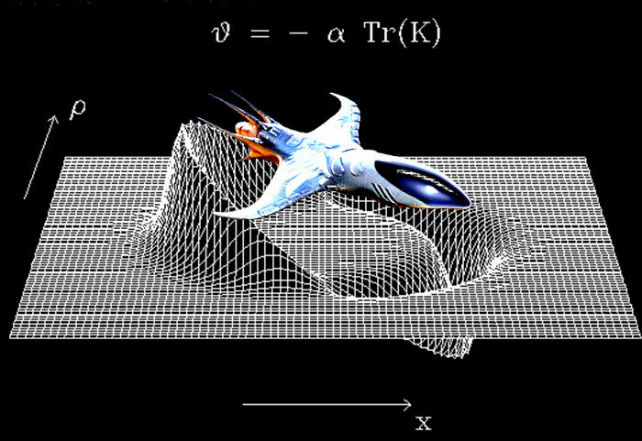 https://www.iflscience.com/technology/faster-light-travel-are-we-there-yet/
https://www.iflscience.com/technology/faster-light-travel-are-we-there-yet/ Superluminal motion, also known as faster-than-light travel, is considered the speculative propagation of information faster than the speed of light.
In astronomy, superluminal motion is the faster-than-light motion seen in some radio galaxies and other space “objects” that are thought to contain a black hole, responsible for the ejection of mass at high velocities.
Several researchers and experts claimed that humans would be able to control superluminal motion and use it to travel to other galaxies. Ummm, I don’t think it will be happening in this century. Or the next. Or the next after the next …
Human Cloning
 https://www.geneticsandsociety.org/topics/human-cloning
https://www.geneticsandsociety.org/topics/human-cloning Even though it would be totally unethical, many scientists claim that it’s biologically possible to clone a human being. Since the 1950s when researchers cloned a frog, scientists have cloned dozens of animal species, including mice, cats, sheep, pigs, and cows.
Putting ethics aside, most experts agree that science can’t apply the current technology used in cloning cows or cats to cloning people. So, even if the world were dominated by a bunch of unethical leaders, we still would not have the ability to clone humans.
Life in Space
 https://www.theguardian.com/science/2018/nov/19/space-how-far-have-we-gone-and-where-are-we-going
https://www.theguardian.com/science/2018/nov/19/space-how-far-have-we-gone-and-where-are-we-going Fifty years ago, humans not only walked on the moon, but they even played golf up there.
The motto back in the 1970s was that the moon and even Mars would be our colonies sooner or later. The sad truth, however, is that we haven’t been able to even visit the moon again since 1972.
3D Bioprinting
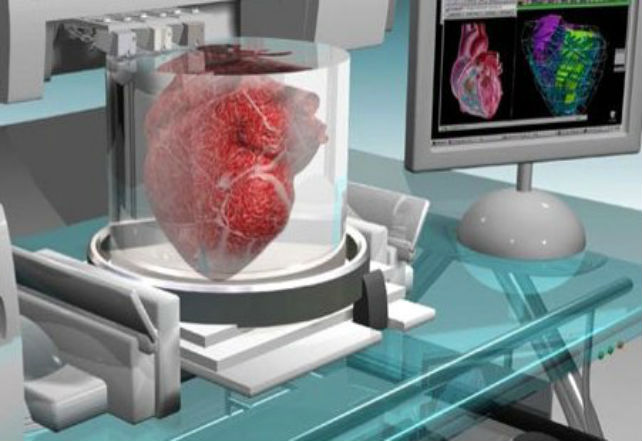 https://link.springer.com/article/10.1007/s41745-019-00113-z
https://link.springer.com/article/10.1007/s41745-019-00113-z Researchers have already used bioprinting to introduce cells to help repair the heart after a heart attack, as well as deposit cells into wounded skin or cartilage.
Bioprinting has also been used to fabricate heart valves for possible use in patients with heart disease, as well as to build muscle and bone tissues and help repair nerves.
So, one could say that bioprinting is successfully established and shouldn’t be on this list. This would be only partially right, though.
See, the Defense Threat Reduction Agency is attempting to further enhance this technology. Their aim is to create mini-organs such as hearts, livers, and lungs with the use of 3D Bioprinting to test new drugs accurately without having to test them on animals first.
"Superman" Vision
 https://gcn.com/articles/2012/02/01/darpa-cyber-contact-lenses-for-warfighters.aspx
https://gcn.com/articles/2012/02/01/darpa-cyber-contact-lenses-for-warfighters.aspx DARPA (Defense Advanced Research Projects Agency) intends to enhance soldiers’ vision with virtual reality contact lenses. Or so they claim.
Instead of relying on bulky helmets and goggles to provide vital battlefield data, DARPA has promised to create contact lenses with built-in systems that would allow soldiers to focus on distant targets and overlay their vision with tactical information.
The so-called “Superman” vision was supposed to be a reality by now, but I guess we will have to wait a little longer.
Data-driven Healthcare
 https://codeit.us/blog/data-driven-healthcare
https://codeit.us/blog/data-driven-healthcare For years now, doctors and hospitals around the world have collected information on various diseases, their diagnoses, and treatments for research. The bad thing is that most of this information gets stored within individual databases.
The so-called data-driven healthcare promises to accumulate, analyze, evaluate, standardize, and improve the use of accurate and appropriate data from all over the world. It hasn’t happened yet, obviously.
Cure for Cancer
 https://horizon-magazine.eu/article/will-we-ever-cure-cancer.html
https://horizon-magazine.eu/article/will-we-ever-cure-cancer.html Back in 1910, American President William Howard Taft promised the cure for cancer. He actually said, “Within five years, cancer will have been removed from the list of fatal maladies.”
That was definitely wishful thinking, taking into consideration the scientific and technological progress of his time. This statement was actually part of his political campaign. He was visiting Buffalo’s Gratwick Laboratory, now Roswell Park Comprehensive Cancer Center, when he made that statement.
More than a century later, it’s reasonable to ask what’s taking so long, right?
Self-driving Cars
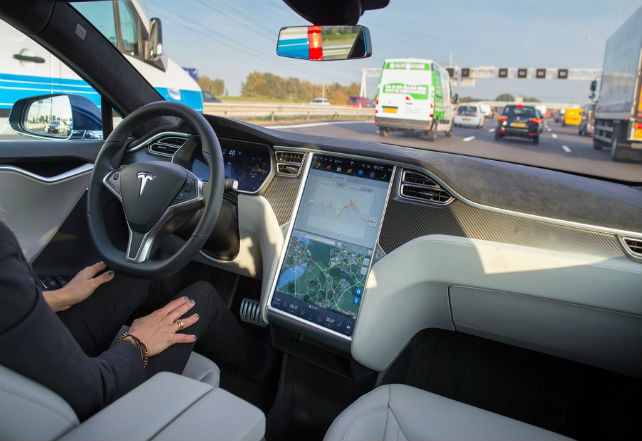 https://www.tesla.com/autopilot
https://www.tesla.com/autopilot A self-driving car, also known as an autonomous vehicle (AV), was supposed to hit the markets back in the 1990s. It didn’t happen.
What is a self-driving car? It’s a connected and autonomous vehicle (CAV), a.k.a. a driverless car (robocar for the true geeks out there), which is capable of sensing its environment and moving safely with little or no human input.
Not sure if this will happen anytime soon. There are too many bad human drivers out there already. Bad robocars would make traffic on the streets even crazier.
Instant Translation
 https://www.digitalistmag.com/future-of-work/2018/05/17/future-of-translation-worldwide-06168565
https://www.digitalistmag.com/future-of-work/2018/05/17/future-of-translation-worldwide-06168565 While DARPA, Globo, Unbabel, Google, and other companies compete for the creation of the best instant translator online, the truth is that not one of them has come close to doing it properly.
It’s amazing how this list is literally full of unrealistic “technological promises” when it seems nearly impossible to develop what theoretically should be an “easy task.”
Self-cleaning Clothes
 https://www.abc.net.au/news/2016-03-23/nanotechnology-self-cleaning-clothes-are-on-the-way-researchers/7268780
https://www.abc.net.au/news/2016-03-23/nanotechnology-self-cleaning-clothes-are-on-the-way-researchers/7268780 In 2016, Australian researchers claimed to have discovered a way to make clothes wash themselves.
The self-cleaning textiles developed at RMIT University in Melbourne only need a spot of sunshine to get rid of those spills and stains. The method is supposed to be a really cheap and efficient way to grow special nanostructures, which can degrade organic matter when exposed to light, directly onto textiles.
Almost four years later and this technology hasn’t conquered the markets yet. Where is it?
Emotion Recognition (Emotion A.I.)
 https://www.theverge.com/2019/7/25/8929793/emotion-recognition-analysis-ai-machine-learning-facial-expression-review
https://www.theverge.com/2019/7/25/8929793/emotion-recognition-analysis-ai-machine-learning-facial-expression-review Human emotion recognition plays a vital role in interpersonal relationships. It’s also one of the main things to differentiate humans from machines. For this reason, extracting and understanding emotion is important in the interaction between humans and machines.
The current technological vision is to develop “Emotion AI” – or emotion recognition technology – that can detect emotion just the way humans do, from multiple channels. We’re not sure if machines will ever be able to detect human emotion with accuracy, though. If humans can deceive other humans, they will definitely be able to deceive machines.



























